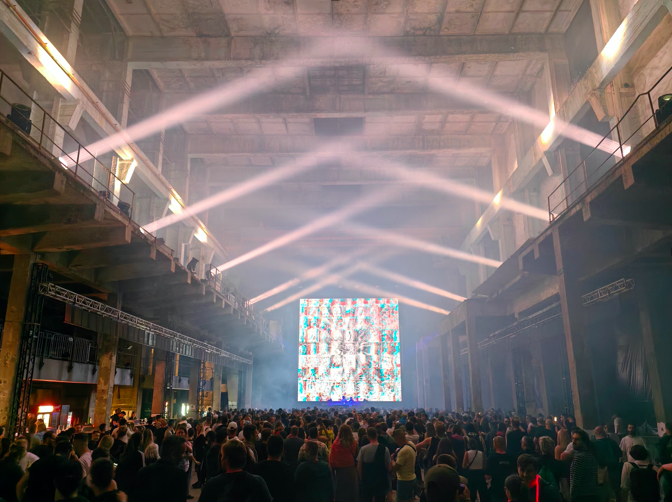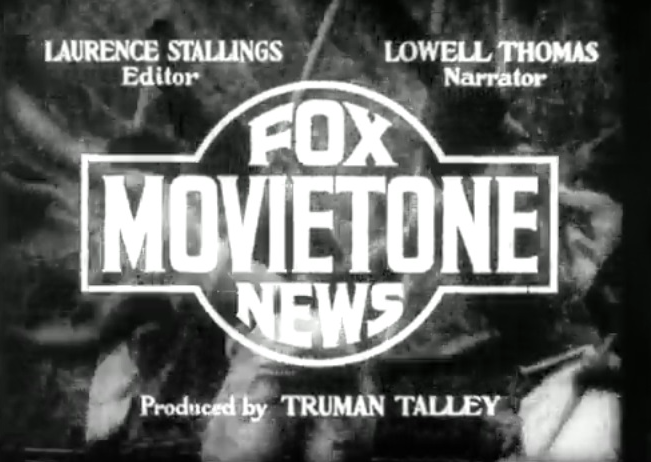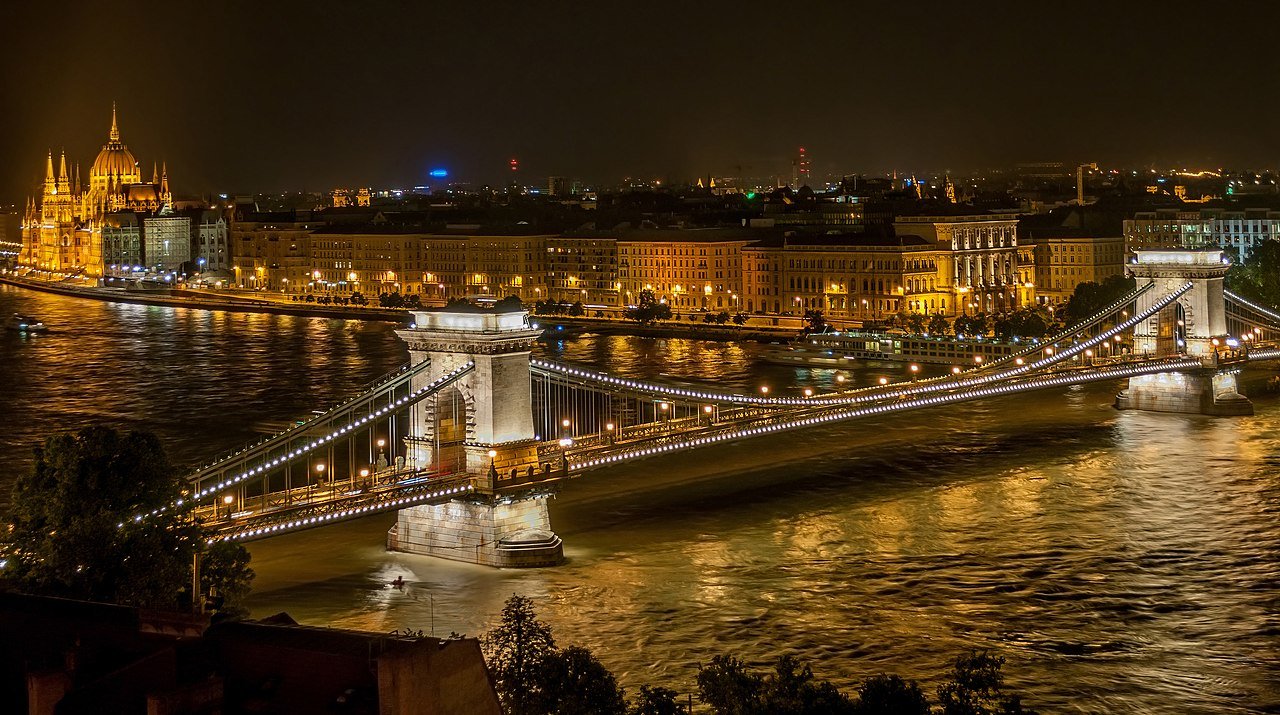Famous Faces out and about in Budapest
zita kisgergely
For the past decade or so, Budapest has become the most sought-after film location in Europe after London.
Add to that highly anticipated concerts and music festivals that go on year-round (such as the Sziget Festival in August) and it’s really no surprise to hear of famous faces spotted out and about enjoying the city’s culinary delights or vibrant nightlife.
And when they’re not generating revenue for the likes of Netflix and Spotify, these celebs want to get out and spend some of their own hard-earned dollars.
Budapest may not have Rodeo Drive, but its off-beat, quirky shops and brands are making an impression on people who can afford to shop anywhere!
Jenna Ortega, photo from Wikipedia
Jenna Ortega's Vintage Affair at LoveChild
Known for her iconic portrayal of Wednesday Addams, Jenna Ortega has recently been filming in Budapest with the renowned production/distribution company A24. Taking a break from shooting the film ‘Death of a Unicorn,' Ortega partook in some retail therapy with a twist: browsing through pre-loved clothing at LoveChild Vintage Budapest, a charming boutique store nestled next to the Opera House.
We’d love to see what she ended up buying… and we can’t help but applaud Ortega’s sustainable purchasing choices! Vive le circular economy!
Billie Eilish, photo from Wikipedia
Billie Eilish's post-Sziget Festival Scent Hunt.
The final day of the famed Sziget Festival saw the mega-star Billie Eilish gracing the main stage. She did not disappoint! The day after the concert, Eilish tracked down some unique Hungarian wares–and we’re not talking salami. She paid a visit to specialty perfumery 7scents in Budapest, spending one and a half hours in extensive sniff tests… and no doubt finding the perfect one!
Well done, Billie, for supporting small, local brands! What a legend!
Flatpack Films has years of experience servicing international brands, agencies and production companies. Filming in Hungary is easy when relying on their knowledge of the market and ability to solve complex needs. They bring the best that Hungary has to offer in terms of unique locations, exceptionally skilled crews, top-of-the-line equipment and technical solutions. Backed by an impeccable track record, Flatpack Films has worked with world-class clients including Samsung, Samsonite, Toyota, Braun, Chivas Regal and many more.
Get in touch and learn more about Budapest film locations, Hungarian film incentives, film tax credits in Hungary and how Flatpack Films can bring your project to life through a highly bespoke approach.










































